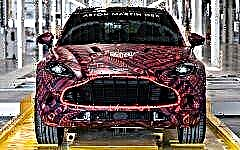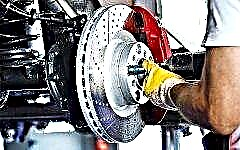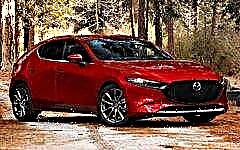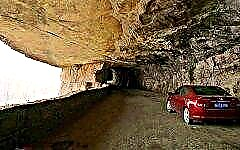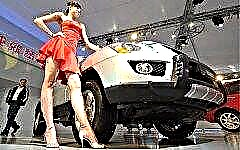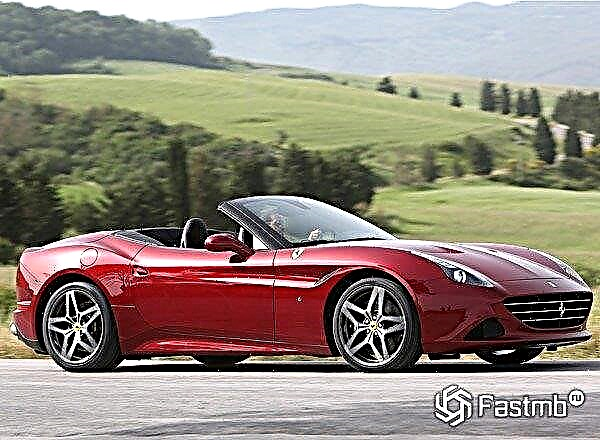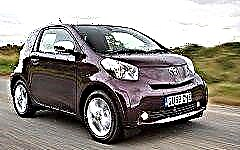
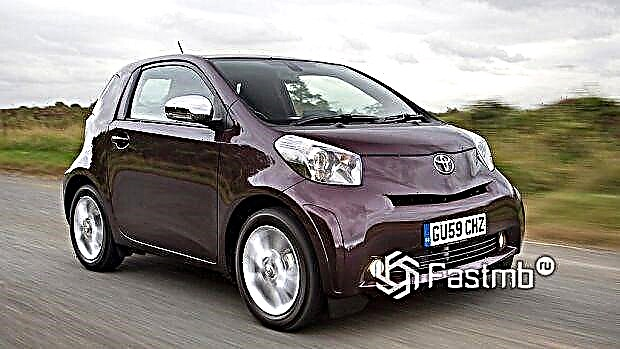
The content of the article:
- Interesting 3-seater cars
The cars included in this review are not suitable for large families with children. The thing is that there is enough space in them for a maximum of three people. Some models were developed in the 70s, others in the 2000s, but they still attract interest for their appearance and technical characteristics.
The following 3-seater car models are in our top:
- McLaren F1;
- Matra Bagheera;
- Nissan BladeGlider;
- Toyota iQ;
- Chevy El Caminо.
Interesting 3-seater cars
McLaren F1

This is one of the most iconic supercar models of the 90s. McLaren F1 - the first production car of the company, was introduced in 1992.
The idea for the machine was born in the late 1980s, when the company's CTO Gordon Murray began drawing a 3D model. In 1991, Murray was appointed head of the company and insisted on the launch of the car in the series.
The car came out unlike other supercars. Three-seater, aggressive, with a racing design, and the driver's seat was in the middle.
The chassis in McLaren used monocoque, made of carbon fiber. Finishing materials also include magnesium, titanium, gold and Kevlar.
At that time, the McLaren F1 became the fastest production car. The speed record held from 1992 to 2005, when Bugatti released the Veyron.
The F1 spawned a couple of special edition models such as the LM and GT, and was also used as a base for the GTR race car.
In 1995, F1 was the most famous car in the world. Everyone was delighted with the energy, price, speed and unmatched quality. That would be enough for most supercar manufacturers, but not for McLaren. Perhaps because the likelihood of a complete victory over the Courage and Kremer prototypes was slim, support for the McLaren program was deliberately low-key.
Thanks to the sponsorship of the Ueno Clinic, a cosmetic surgery practice in Japan, a sufficient budget has been found for the car's participation in Le Mans. The team was formed from a small core of McLaren employees who have joined their ranks with experienced endurance racing engineers and renowned McLaren partners.
Essentially the standard F1 with aerodynamic enhancements won the 24 Hours of Le Mans. The story of McLaren's debut victory at Le Mans has become one of the company's greatest legends.
More than 25 years have passed since the release of this model, and the F1 is already considered a classic. The McLaren F1 is one of the few multi-million dollar supercars built in the 1990s.
Matra bagheera

Many interesting cars from Europe never made it to the United States. In the case of the Matra-Simca Bagheera, this was probably for the best, given that it was developed by a 70s-era Chrysler.
Chrysler in America has long been a supplier of engines to various small European exotic automakers who tried to offer simplicity, reliability and power to compete with the Germans and Italians.
At the same time, Chrysler Europe became more interested in trying to expand its market share. Agreements were made with small companies to create cars that would never have been released under the Simca brand.
As a result of this "marriage of convenience", a deal was concluded with the French company Matra. For Matra, the deal meant it would have access to Chrysler's extensive European dealership network.
The wedge shape was pretty much a 70s design trend made popular by the Lotus Eclat and Esprit. The front of the Bagheera had a distinct Lotus-like appearance.
The style of this car was developed by Jean Toprieux, but it was refined by Jacques Nosh and Antoine Volanis. The role of these two designers was to create an exciting Ferrari-like design that met the practical demands of the company's management.
During the design phase, a McLaren F1-style central driver position was discussed, but this idea was discarded for reasons of cost and practicality.
Bagheera was developed with the ability to accommodate up to three people of medium build, but two people of medium build feel comfortable in the car.
The SIMCA engine chosen to power the M550, renamed Bagheera (yes, it was named after the Jungle Book character) had a displacement of 1294 cc. The motor was borrowed from the 1100TI and produced 82 hp.
The top speed of the new model reached 112 miles per hour, and it was possible to accelerate to 60 miles per hour in 12 seconds. The weight of the Matra Bagheera (885 kilograms) was combined with an excellent dynamo, while the Bagheera turned out to be quite economical.
The car has passed rigorous tests and worked in different weather conditions. There were some problems with the internal cooling, but in general the testing was passed without any problems.
In 1973, the car was presented at Lake Annecy (France). This model has never been imported to the UK, but some models have reached these shores as well.
For the 1977 model year, the last model, the Bagheera X, was launched.
From 1973 to 1980, various modifications of the car were produced. A total of 47,802 models were produced. The demise of Chrysler of Europe meant that Simca's new owner, the PSA Group, would develop an improved replacement for Bagheera, the Matra Murena, in 1980.
Nissan BladeGlider
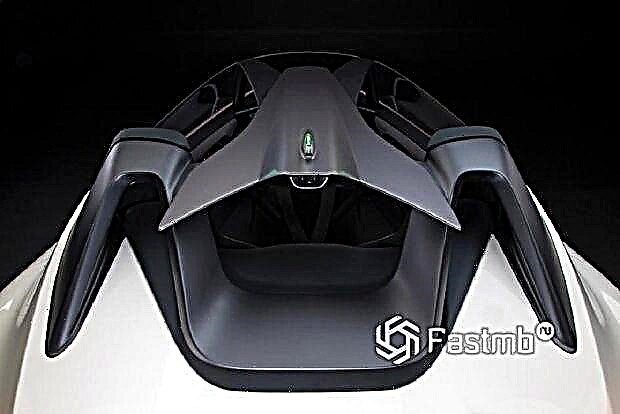
The innovative BladeGlider is Nissan's take on an electric sports car, and Williams Advanced Engineering was instrumental in the design and creation of the model as Nissan's technical partner.
The car was unveiled at the 2013 Tokyo Motor Show as a concept, and the first fully working demo cars debuted at the 2016 Rio Olympics.
Williams Advanced Engineering was responsible for the creation of these vehicles, drawing on its knowledge of electrification, materials and aerodynamics.
The machine's design and three-seat configuration are aimed at improving aerodynamic efficiency and chassis dynamics. The all-electric Bladeglider offers exceptional performance powered by Williams Advanced Engineering battery and motor technology, with a top speed of over 118 mph.
The car accelerates to 100 km per hour in five seconds. The driver's seat is centrally located.
The total power of the car is 268 hp. s, and the torque is 268 Nm.
Two electric motors provide torque vectoring in three modes: Off, Agile and Drift. The seats have 4-point racing straps and are finished with a fabric / epoxy blend.
Most of the controls are located on the steering wheel, and a number of instruments replace traditional gauges.
Toyota iQ
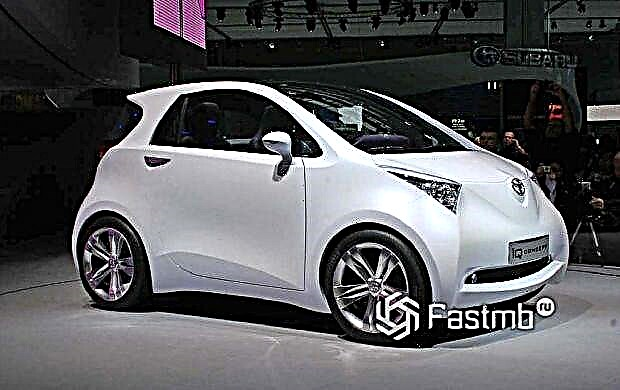
Toyota presented the production version of the IQ Concept at the Geneva Motor Show, before that the car was mentioned at the Frankfurt Motor Show.
The car went on sale at the end of 2008, initially it was planned to produce 100,000 units during the first year.
The Toyota iQ is a combination of dynamics and stability despite its small size. The iQ is 2985 mm long, 1500 mm high and has a 2000 mm wheelbase.
The iQ was offered with two petrol engines and one diesel. Thanks to its compact design, low weight and good aerodynamics, it is possible to focus on fuel economy and achieve extremely low CO2 emissions (100 g / km).
The name itself contains the concept of this IQ model: innodividuality (individuality), innovation (innovation), intelligence (intelligence), quality (quality).
Chevy El Caminо
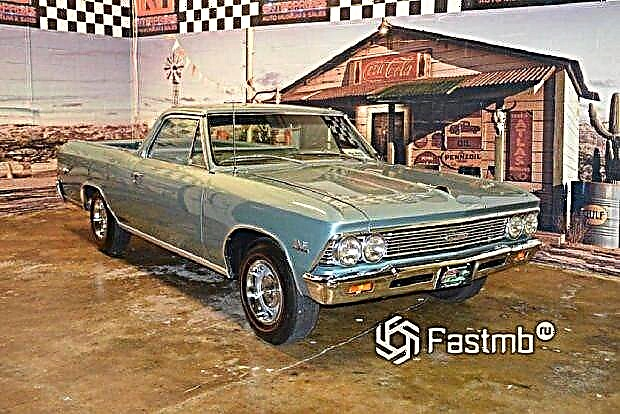
If you want to be original and not drive ordinary cars, this car will set you apart from the gray mass. It was the Chevy El Camino that defined the 50s!
The Chevrolet El Camino was built tough enough to get the job done on a farm, yet sporty enough to make a lasting impression on the city streets.
The El Camino is still a favorite for car enthusiasts and collectors alike, with performance identical to the Chevelle but half the price of other powerful cars and trucks of the era.
First generation (from 1959 to 1960)
Created in response to the Ford Ranchero, the original Chevrolet El Camino was introduced in 1959 and was marketed as the "Most Comfortable Assistant in the Family!"
Based on the 1959 Brookwood station wagon platform, the El Camino was available with a full-size Chevy drivetrain.
The El Camino '59 was the first Chevrolet pickup truck built with a steel floor.It surpassed the Ford Ranchero in its first year of production, but 1960 was a tough year for the El Camino, falling short of the company's expectations. After 1960, the car was not released for three years.
Second generation (from 1964 to 1967)
Chevrolet introduced the all-new El Camino in 1964. Chevelle El Camino quickly developed even more over the next few years.
Third generation (1968 to 1972)
Going back to its roots, the third generation El Camino was based on the wheelbase of the Chevelle station wagon. Car enthusiasts saw a longer base with the Malibu interior. A new high-performance version of the Super Sport SS396 was released as a standalone model in 1968.
The LS6 454 cubic inch, 7.4 liter V8 engine was first used in the El Camino in 1970 - it became the largest and most powerful engine installed in the El Camino from Chevrolet, producing 450 hp and 500 Nm of torque.
In 1971, the El Camino became the cousin of the recently introduced GMC Sprint (later renamed GMC Caballero).
Fourth generation (from 1973 to 1977)
In this generation, the car receives significant cosmetic changes and redesigns. The 1973 oil crisis will have a big impact on the mid-range car, and the El Camino is no different.
The base model and SS options continued to match the Chevelle line, and the El Camino Classic was introduced in 1974 to match the styling of the high-end Malibu Classic.
1975 saw power decline, new standards emerged, and customer needs shifted towards more fuel efficient vehicles, ending an era of power and brutality.
Fifth generation (1978-1988)
For the first time, El Camino has a unique chassis unmatched by any other Chevrolet. The Classic Royal Knight and Conquista trim levels have given the consumer a choice since 1978.
In 1985, production of the model was moved to Mexico. Approximately 15,600 El Camino were sold in 1987. There were rumors that there were models in 1988, but GM has confirmed that no 1988 El Caminos were released.
Next generation
For years, there have been rumors of the return of the Chevrolet El Camino. GM has released at least two concepts since 1987. GM renewed the El Camino branding in 2012.
The 1992 concept was based on the Chevrolet Lumina Z34. In 1995, another concept appeared based on the Caprice station wagon. However, the platform was discontinued and the concept was shelved.
Other similar concepts, including the 1989 XT-2 truck and the 2010 Pontiac G8 ST, appeared but were not mass-produced.
Interesting facts about the Chevy El Caminо
- Cadillac launched a concept in 1954 called the El Camino;
- If the VIN does not end in 8, it is fake;
- Most El Camino parts are interchangeable with every generation of Chevelle parts;
- To determine if the 1972 SS454 El Camino is genuine, check to see if it has a "W" as the fifth character in the VIN;
- "El Camino" in Spanish means "way" or "road";
- In The Bodyguard (1982), Kevin Costner drives the El Camino.
Conclusion
There are only five cars in the review, but each of them has an extremely interesting story. Each model is individual and strikingly different from all others. The only thing that unites these models is the number of seats in the cockpit, otherwise they are bright distinctive representatives of those years.

